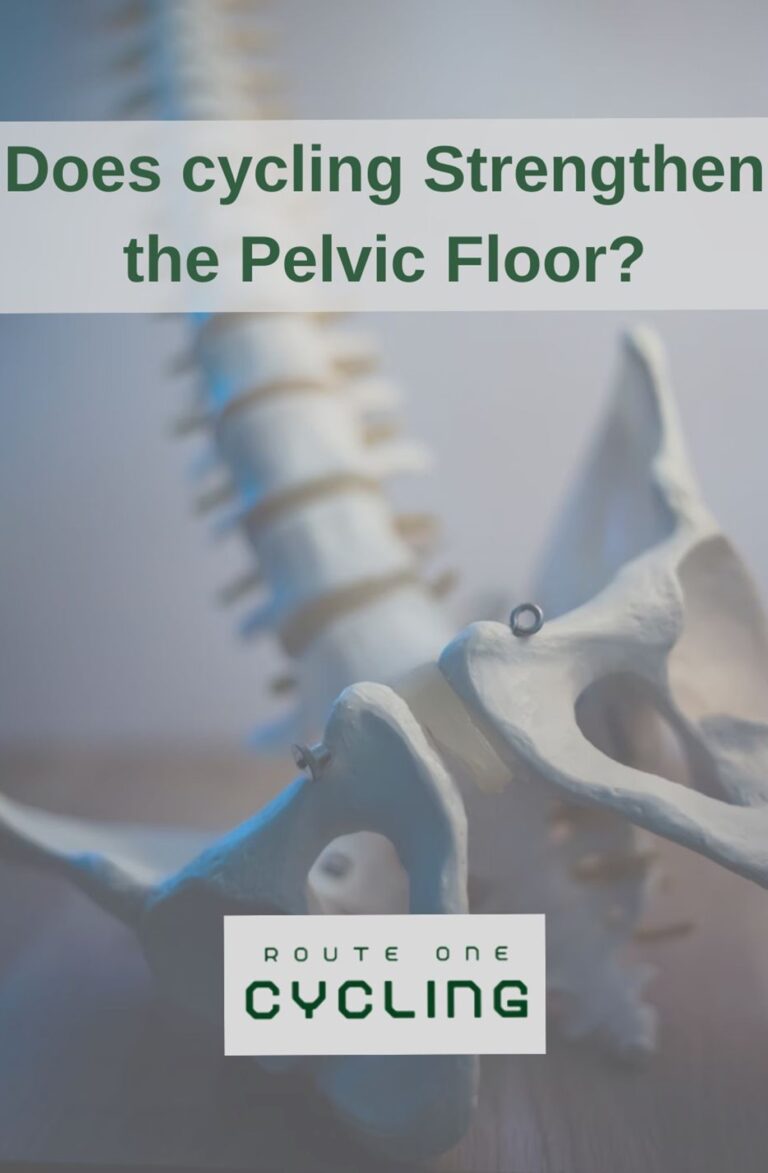How To Relieve Leg Pain After Cycling (How to Get Off the Leg Pain Train Today)
So you’re getting home and sitting on the couch and your wife asks you to take the kids to the park 2 blocks away. You try to find some way to explain to her that your legs are made of cinderblocks right now because you have just finished your 60 mile Saturday ride. Great, she says, so you can prioritize a 5 hour bike ride, but you can’t prioritize taking your kids around the corner? This is a losing battle that you don’t have to go through. You can prioritize both, if you prioritize making sure that your legs are fresh and able to recover after your ride you will rather than feel like you’re in pain; but feel elated to be able to go outside and further continue your cool-down. Also, by following this guide and following up on the readings provided, you’ll have a basic understanding of how to avoid wild food cravings after riding. This guide should be all you need to know for how to relieve leg pain after cycling.
This is an all-inclusive guide and may replace some books if you read this thoroughly. If you are looking to get straight to the point and only have 30 minutes after a ride to relieve leg pain after cycling, the majority of your leg pain problems will go away if you Stretch and Ice after you bike ride for 30 minutes.
In this post, we will structure all-inclusively what you need to do before, during and after your ride to be able to continue to move your life forward and help with recovery.
Tools and Guides Provided within this Post:
- Lactic Acid Pain Alleviation Guide
- Bike Fit Guide & Professional Bicycle Fitting Cost Guide
- Shea Butter Massage Guide
- Athletic Icing Guide
- Cyclist Nutrition Guide
- Caffeine Effect on Cyclists Guide
How long does it take to relieve leg pain after cycling?
Typically you will have leg pain and soreness for during the day of your ride if it was particularly strenuous. If you have any soreness the day after, that is out of the ordinary. This means you did not hydrate, cool down or stretch correctly throughout your ride. If you follow (most of) this guide below you will have standard soreness after riding a strenuous ride.
If you are dealing with Lactic acid pooling in legs which is another challenge altogether, read this guide here.
What is standard soreness after a ride?
Standard soreness means that your legs should feel slightly tight. All it means is that your body has done some work and the muscle fibers need some time to rebuild itself. The level of pain should not stop you from doing any everyday activity. It should be to the level where you can playfully, or lightly bring it up in conversation and it not be a drag.
How to relieve leg pain after cycling:
This is an all-inclusive guide to muscle soreness. If you do absolutely all of this, you will more than likely leave the ride feeling stronger and lighter than normal and with more energy. If you choose to do half of this, you simply will not have any leg soreness.
When you are thinking of going on a ride, it is important to set a regimen for your body before, during and after the ride to help set yourself up properly for the rest of the day ahead, your next ride, socializing with friends or work in the morning.
The list below is an outline: Scroll down for additional details and commentary on each topic. Follow links within outlines for very detailed guides on specific topics.
- Before your ride:
- Understand your bike fit
- Eat correctly and well
- Warm up & Dynamic Stretching
- During your ride:
- Eat correctly and well
- Take Breaks, Do Not Bonk
- After your ride:
Before your ride
If you simply get on your bike and begin riding without doing anything beforehand, you are doing your legs and body a disservice.
Understand Bike Fit
Follow this guide for an in depth understanding of how to fit your bicycle to your body. As long as your frame is correct to your body, there are plenty of small adjustments to take the strain off of many parts of the legs so they are functioning in alignment and not overworking, or operating inefficiently.
- Saddle Height Adjustments
- Increase or decrease size of crank arms
- Raise or lower handlebars
If you feel you may need some instruction from a professional, here is all you need to know about going into a shop to get a bicycle fitting.
Eat correctly and well
If you avoid bonking, you will avoid a lot of leg pain after your bike ride. Two things you should focus on are carbs and protein. Carbs are typically more important than protein in cycling because that is what keeps you moving, however you still need a healthy baseline of protein for energy as well. Before your ride eat items that will be kind to your stomach and will transfer to energy easiest.
- Beans & Legumes (Protein)
- Nuts (Protein)
- Turkey (Protein)
- Chicken (Protein)
- Oatmeal (Carbs)
- Pasta (Carbs)
These are great starter suggestions, though essentially you just want to avoid anything that will not provide you energy and will make your body feel sluggish or have trouble digesting: Milk, cheeses, red meat. This is a great resource for more in depth knowledge.
Warm Up & Dynamic Stretching
If you do not warm up, your muscles will not trigger properly, and will recoil from the stress after initial fatigue. This will lead to far more pain after your bike ride.
If you are training in zone 1 or zone 2 aerobic spaces, the beginning 30 minutes of your ride will be your warmup and you don’t need to do an actual warmup sequence. However, if you are doing High interval training or anything in the zone 3, 4 and 5 range, then you should warm up separately before.
Dynamic warmups are shown to warm the body up and prepare it for high intensity work far better than static stretches because you are stretching the muscles while activating them. Here are some options for you. Find a flat lawn, choose three of these exercises and walk forward for 50 yards while doing these.
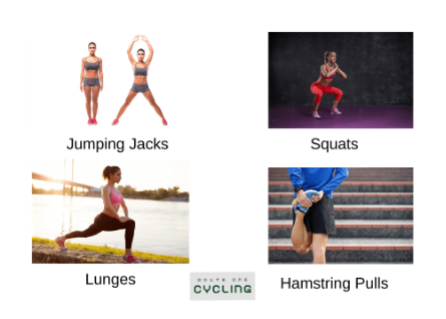

During Your Ride
Pay attention to how you ride to mitigate pain in your legs afterwards. If you ignore during and before your ride pre-work, the pain in your legs will be substantial because you are trying to repair the damage that you have done to your legs rather than maintaining and providing upkeep to the body after a long workout.
Eat correctly and well
If you focus on eating correctly after your ride, you and your legs are going to be in a lot of pain.
While riding, carbs are your source of gas for the body. If you run out the body will move to protein and body fat and begin converting that to energy. When you run out of carbs for energy recruitment and generation it is a mentally and physically unpleasant feeling known as bonking. If you bonk, your legs will feel like dead weights for 2-3 days or longer depending on the severity of the bonk.
Every hour that you are riding, find a source for carbs and get at least 20 grams of carbs in your body. Don’t be superman and think that you can gut your way through it. The results are not fun. Here are some sources:
- Oatmeal
- Dates
- Bread
- Cycling Gels
A brief note on the cycling gel vs. natural debate:
Many talk about the importance of cycling gels versus eating clean, natural food in your body. Anecdotally, professionals tend to use gels to maintain peak performance. There are many reasonably competitive cyclists that stay away from gels as a nutritional choice. This is okay because their goals are not to maintain peak performance like professional athletes. Of course, the gel is not what makes you superhuman. The gel aids recovery, and allows you to train more than others … to become superhuman.
Important: If you do not choose to use cycling gels, get electrolyte dust, or any sports drink. The other alternative is to put some table salt in one of your two water bottles to replenish salts in your body that you sweat out. This will help aid recovery (the water helps absorb water and keep you hydrated) and keep your legs from feeling like bricks when you are done riding.
If you are deciding on caffeinated gels and non-caffeinated gels, here is a guide on caffeine’s affect on cyclists.
Take Breaks, Do Not Bonk
Take an hourly break to replenish the body with food, nutrients and energy. This also is a time that you can take to dynamically stretch the lower back, hamstrings and glutes to keep them loose for when you get back on the bicycle.
After your ride
Make sure to so the right thing to your body after your ride
Eat correctly and well
This will be very easy if you ate correctly beforehand and during. If you ate correctly, you should not be suffering any cravings. Try a good balanced meal with carbs, proteins, leafy greens and salts. This should be enough to make the body happy. It may be larger than normal, but should not need to be exorbitant.
Massage
Shae Butter massages are great to relax the muscles and trigger the body to move back from a stress mode to a normalized modality. You can either hand massage your legs, use a foam roller, or use a lacrosse ball. For a more in-depth guide and the differences between the options, follow this link.
Ice
Icing is probably the most important and effective recovery method for the legs. Follow this guide here to choose the icing method that works for you. At minimum 15 minutes icing the legs will decrease leg pain immensely.
Stretch
Static stretching is almost as important as icing to calm down the body after a ride. The most important things that you can do to your body afterwards to avoid leg pain is to stretch statically, and then ice the troubling areas afterwards. Here are some options. Find a calm, quiet place at home or a local park and choose four of these stretches to do. Set aside 15 minutes for these.
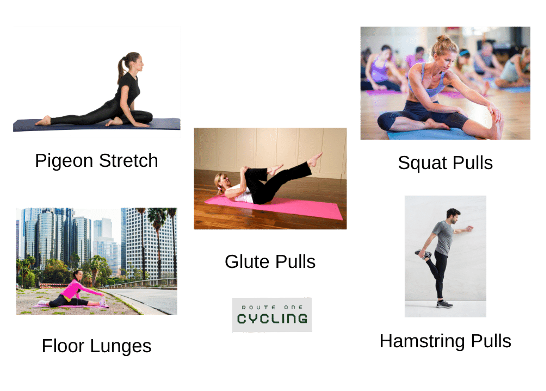

Leg Raises
Find 15 minutes to sit, read a book and listen to music. You will drain all remaining fluids, lactic acids (and your worries) out of your body. The inversion will also signal to your body that it is time to relax and to stop filling your body with cortisol after a workout. It also triggers a serotonin release which is pretty nice after a workout.


Conclusion
Need to know how to relieve leg pain after cycling? If you follow this all inclusive guide, your leg pain will go away. If these are too many options and you need a specific choice given to you the majority of your problems will go away if you Stretch and Ice after you bike ride.


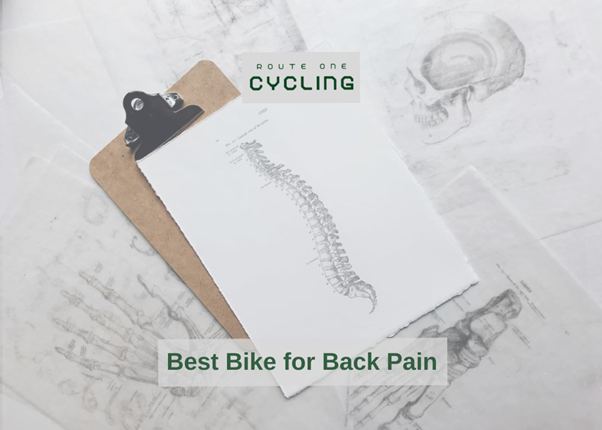
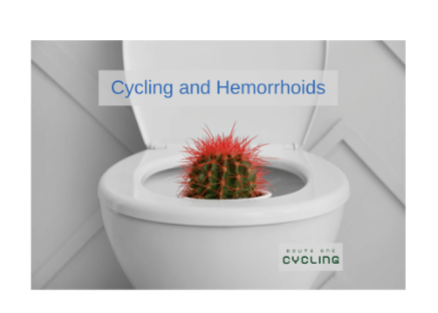
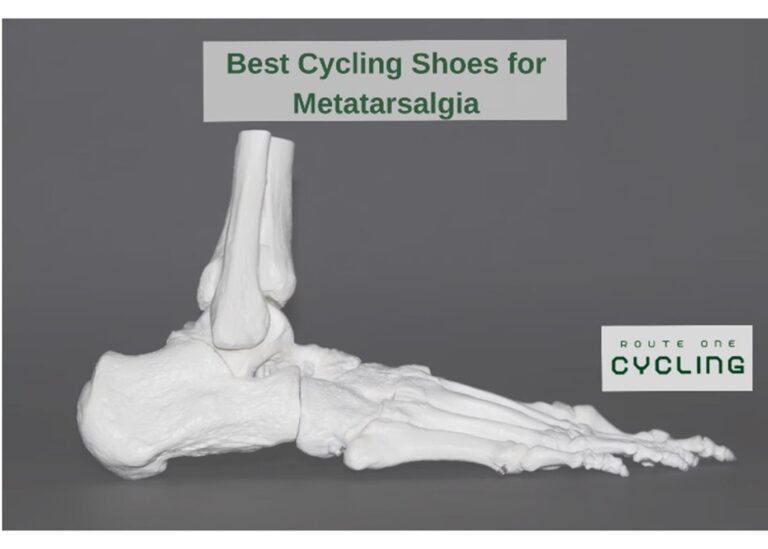
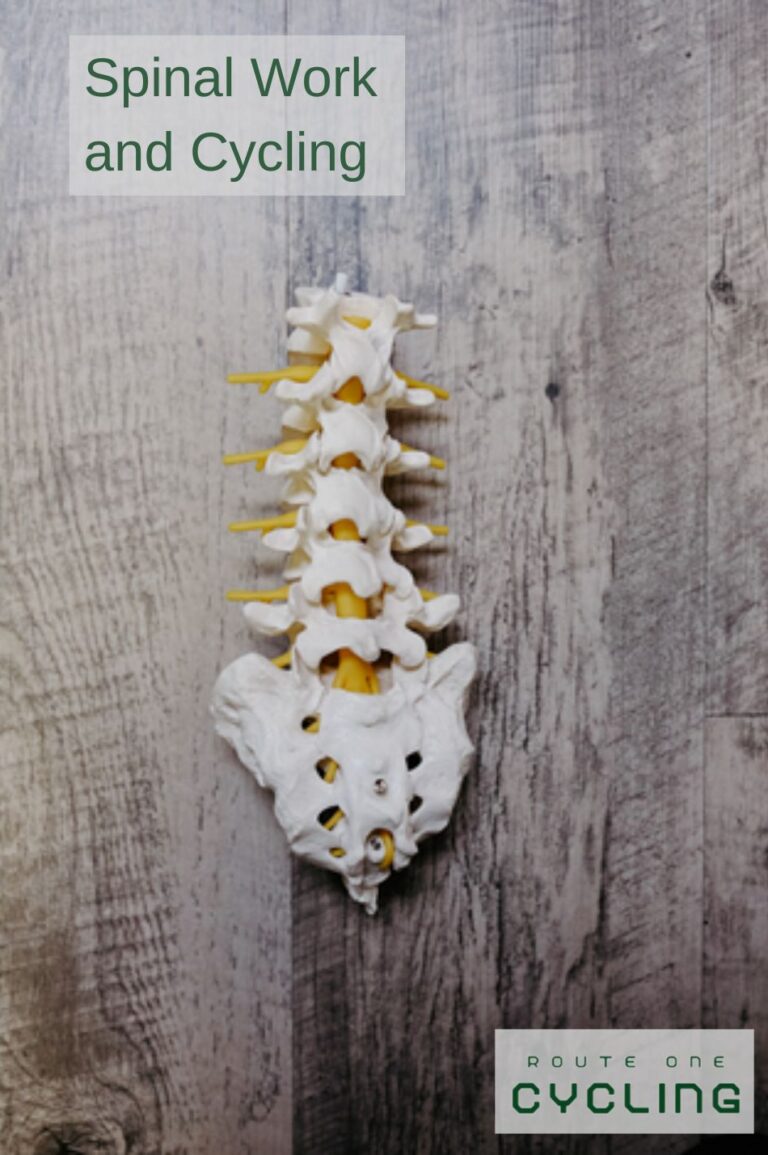
![Is cycling good for stroke patients? [Yes, but which type?]](https://routeonecycling.com/wp-content/uploads/2023/04/16-768x548.png)
